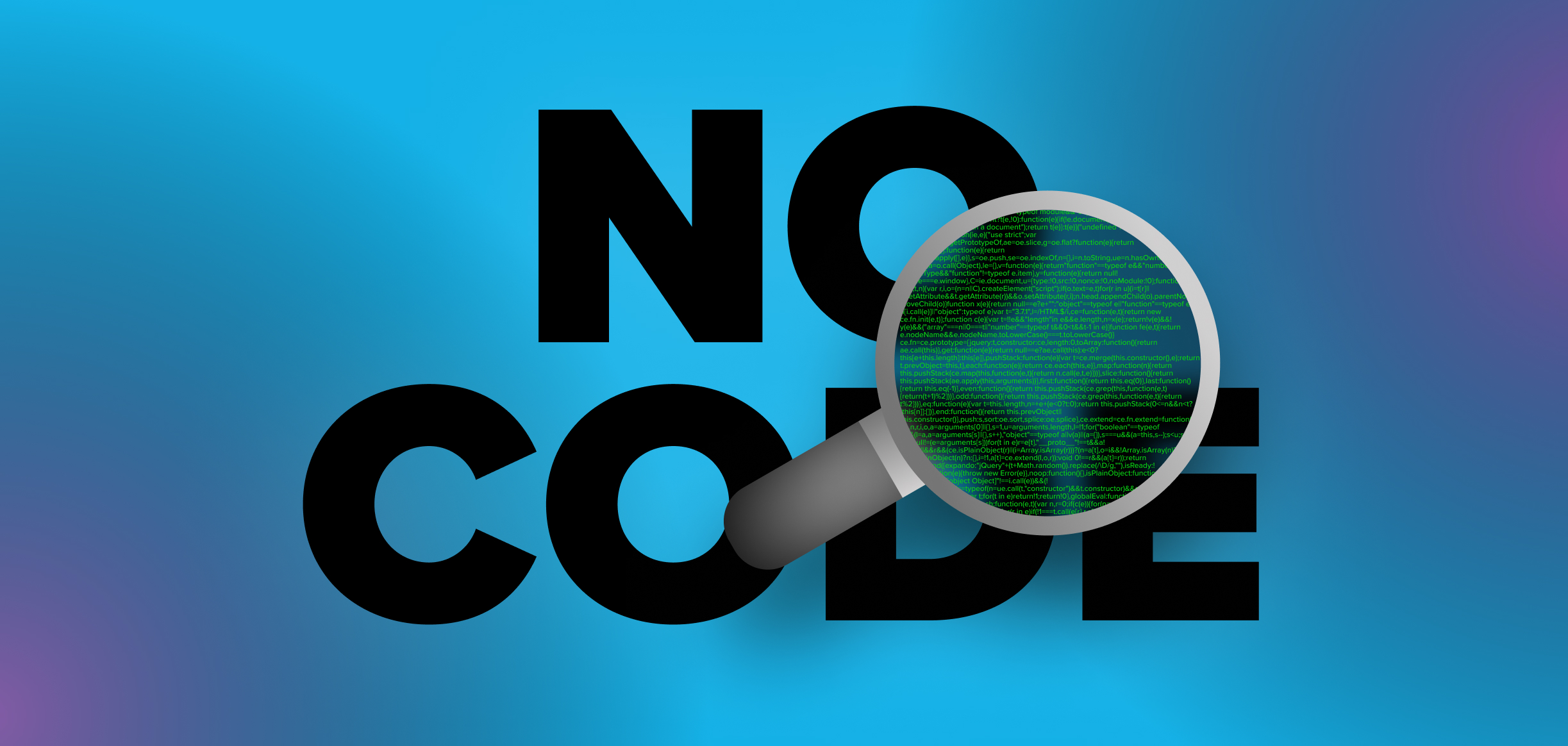Blog
No-code sometimes means yes-code

We built the earliest versions of our solution back in 2015, before the phrase “no-code” featured prominently in tech conversations. When we founded Spec in 2020, everyone used this term to describe what we had built. We were hesitant to embrace it at first, as it felt like a buzzword, and our industry has a bad history with abusing buzzwords. The more we talked to customers and came to understand the ethos behind no-code solutions, the more we realized how well it described our mission: to reduce complexity and deliver powerful experiences in minutes instead of months.
Still, we frequently get asked “what do you mean when you say ‘no-code’?” The answer is simple. With the Spec Platform, you never write code.
- You don’t write code to connect to the platform.
- You don’t write code to integrate new vendors and features.
- You don’t write code to put protections in the user experience.
With our platform, your setup is configured via a dashboard that requires zero code to implement and optimize.
It turns out that many people have been misled by the way that some products use the term “no-code”. Here are a few examples of when “no-code” actually means “yes-code.”
SuperAPIs Are Yes-Code
There are a lot of “no-code” providers that consolidate a number of different APIs behind a single super API. These super APIs provide a consistent way to call different vendors but still require code to get started.
APIs are, by definition, Application Programming Interfaces. They’re designed for programmers, there’s code involved. Even after they are implemented, any changes to the data you provide the super API or to the business logic, the super API will require more code.
No-Code Software, Once You Code Your Data Into It
Some no-code solutions operate by connecting to your data and having you map each piece of data into their existing software. While your technical team won’t have to design and maintain a user experience at the heart of it, a huge amount of work goes into sourcing, normalizing, and integrating your data into their “no-code” solution. This will need to be done by your engineering team and maintained when any of the data sources change. It’s no-code after you write a ton of code and commit to not looking at the amount of ongoing maintenance.
It’s Not All Hollow Buzzwords
There are lots of instances where no-code actually means you don’t need to write any code:
- App publishing platforms like Retool unlock the ability to create useful business applications with a purely visual editor.
- Content platforms like Webflow enable non-technical teams to create exceptional web experiences.
- General purpose SaaS offerings like Airtable allow any team to create and organize data in harmony with their day-to-day operations.
- And of course, we’d be remiss if we didn’t mention that edge-deployed solutions like the Spec Platform unifies teams, data, and tools in order to keep cybercriminals from ruining great customer experiences.
